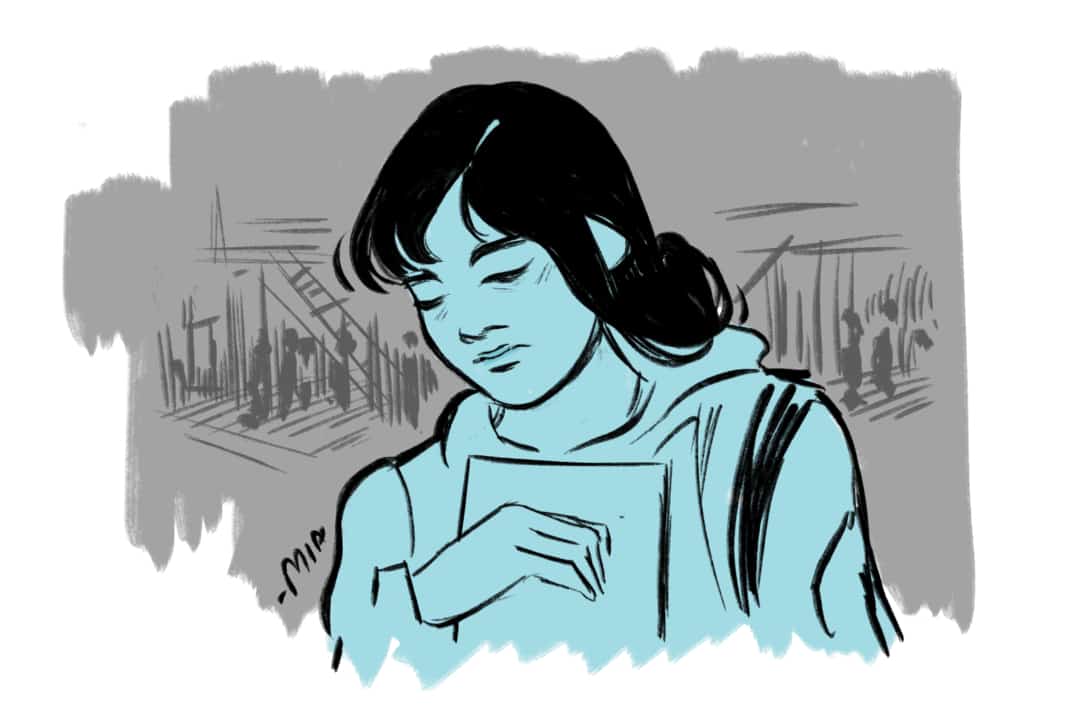Content warning: This article mentions death by suicide.
The Australian flannel flower is so pale that it looks sad. Yet this stubborn and persevering plant was chosen as Australia’s symbol for mental health awareness. This flower stands as a symbol and testament to the measures Australia took to ensure that everyone would have access to the mental health care they needed. And while the system is far from perfect, it has worked, causing an 83 per cent increase in care service over the decade before 1997 and lower rates of mental illness than Canada.
The flannel flower has come to represent not only the need for mental health care, but also the possibilities for success in confronting the mental health crisis. Roughly 4,012 Canadians annually die by suicide, millions experience depression, and millions more deal with substance use disorders at some point in their lives, and this mental health crisis has only been exacerbated by the pandemic. But research is piling up to provide a glimmer of hope in an otherwise desolate time.
A recent report — to which I contributed — conducted an in-depth study of policies that may significantly improve mental health care. This study has added to the research from the Mental Health Commission of Canada, the Conference Board of Canada, and a plethora of other researchers in showing how lessons from the likes of Australia can be applied in Canada.
Nearly all policy research on mental health care consistently identifies four issues to address: social stigma that prevents access to care, excessive cost of care, lack of knowledge of mental illness by important community leaders such as medical professionals, and a lack of awareness and available resources for mental illness. And the research has pointed to four corresponding policy solutions.
For one, by giving students free access to 26 sessions of cognitive behavioural, dialectical behavioural, or psychodynamic therapy, we can make sure that everyone can afford the care they need. A survey I helped conduct by the Rideau Students’ Union shows that over 78 per cent of students attribute high costs as a primary motivator of them not accessing care, but this would no longer be the case if it was simply made free. These three types of psychotherapy ensure that there is a variety of options for students to get the kind of care that best suits them. Additionally, according to a study by Falk Leichsenring, rates of success in overcoming depression among the individual kinds of therapy are as high as 87 per cent.
A second solution would be a policy mandating students have at least one annual mental health check-in for a period of six years. While some may find this aggressive, the policy would go a long way to solve two major issues. Firstly, it would greatly combat the issue of social stigma, simply by making it common to access care. Reporting your absence from a lunch date due to a mental health check-in would be fine in a world where everyone has them from time to time. The mandated sessions also need not be too invasive and can be used to teach students about mental health and about available resources, ensuring a further reduction of stigma and allowing students to know where to go for future problems, if they have any.
Additionally, this policy could also go a long way to aid those who suffer from ego-syntonic disorders — mental disorders clients do not realize they have or are in denial of — by simply informing them of their situation and guiding them toward improvement.
There must also be mandatory mental health training for police officers, medical professionals, teachers, and professors. Research indicates that these leaders — who regularly encounter individuals with mental illness and can have a significant effect on recovery — don’t have the knowledge to identify and help those with mental illness.
Finally, there should be a section in the Human Rights Code that explicitly prohibits discrimination by employers, prospective schools, or other service organizations for people who access mental health care. This is another simple policy that can reduce stigma, as many students have indicated that they are discouraged from accessing care because of a potential threat to their future. It would include ending regressive policies such as the University-Mandated Leave of Absence Policy, which allow mental illness to be used to create institutional power.
A report in the Journal Psychiatric Services found that $1 spent on mental health care would result in $2 of savings for society. These four policies, after having been reviewed, were found to be able to break-even budgetarily within seven years of implementation. And that doesn’t even account for the fact that these policies would save thousands of lives, prevent tens of thousands of cases of substance use, reduce crime, decrease poverty, and so much more.
We are witnessing a mental health crisis, but the flannel flower shows that there is hope for an easy solution.
Faiz Jan is a first-year commerce student at New College, a former policy analyst at the Canadian Chamber of Commerce, and a researcher for the Peace of Mind student think tank where he has conducted research on mental health policy. He is also a member of the University of Toronto Studentsʼ Union First Year Council.


